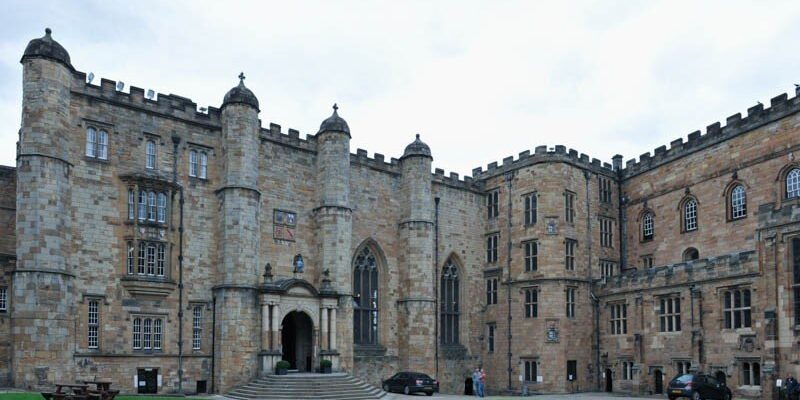Durham Castle
Durham Castle is a medieval Norman fortress standing above a bend in the River Weare in the English city of Durham. The castle was built in the second half of the 11th century to protect the northern part of the country from Scottish invasion and served as the residence of the prince-bishops of Durham. In 1986, along with the majestic Durham Cathedral, the ancient castle was inscribed as a UNESCO World Heritage Site.
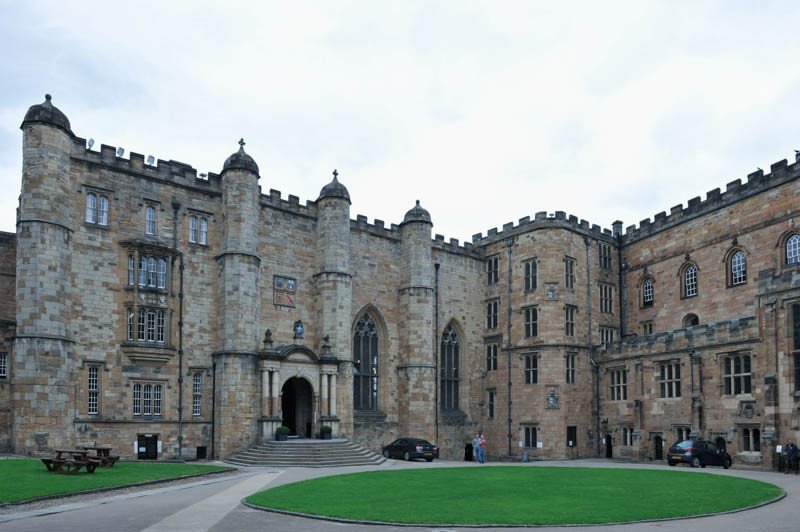
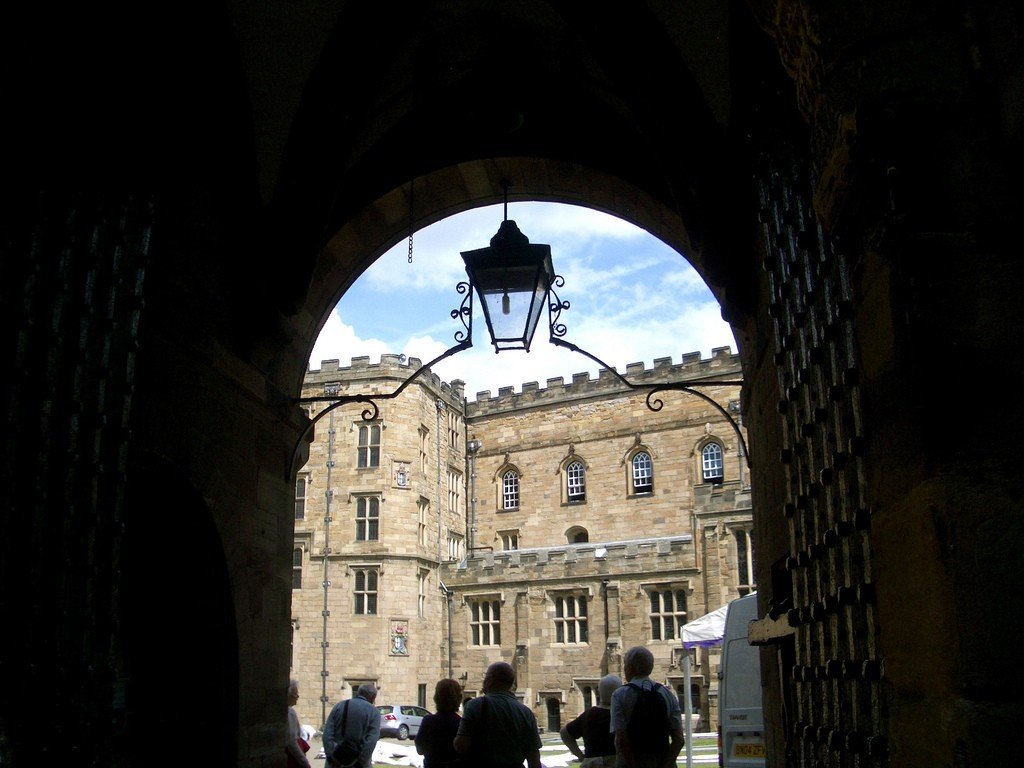
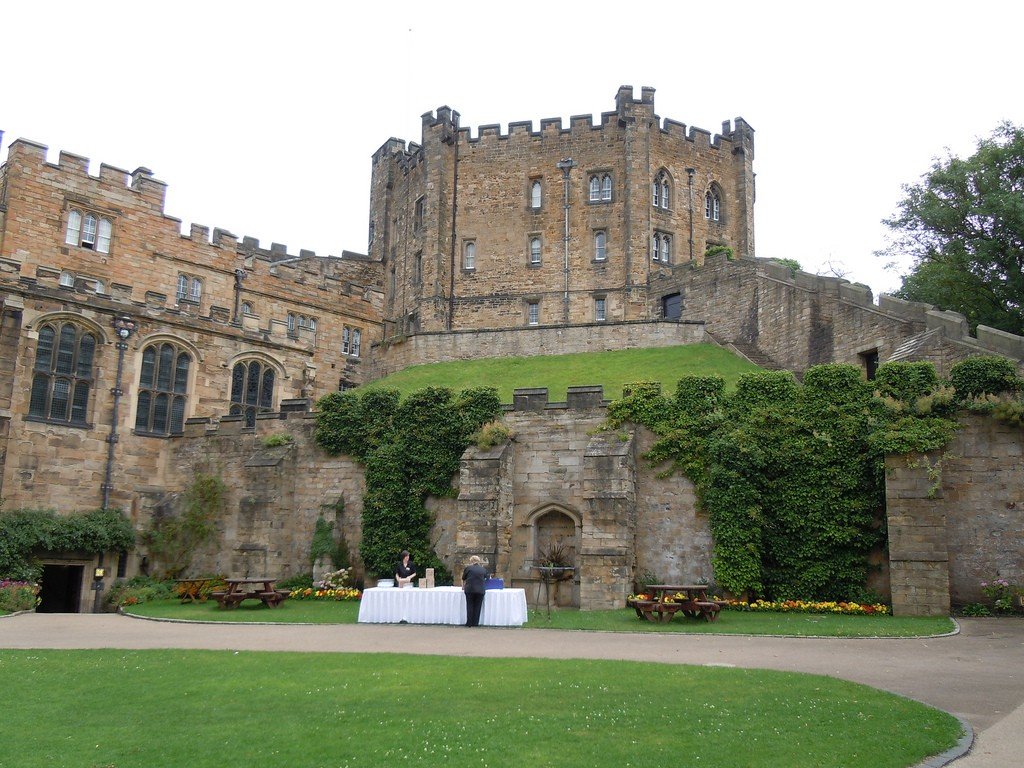
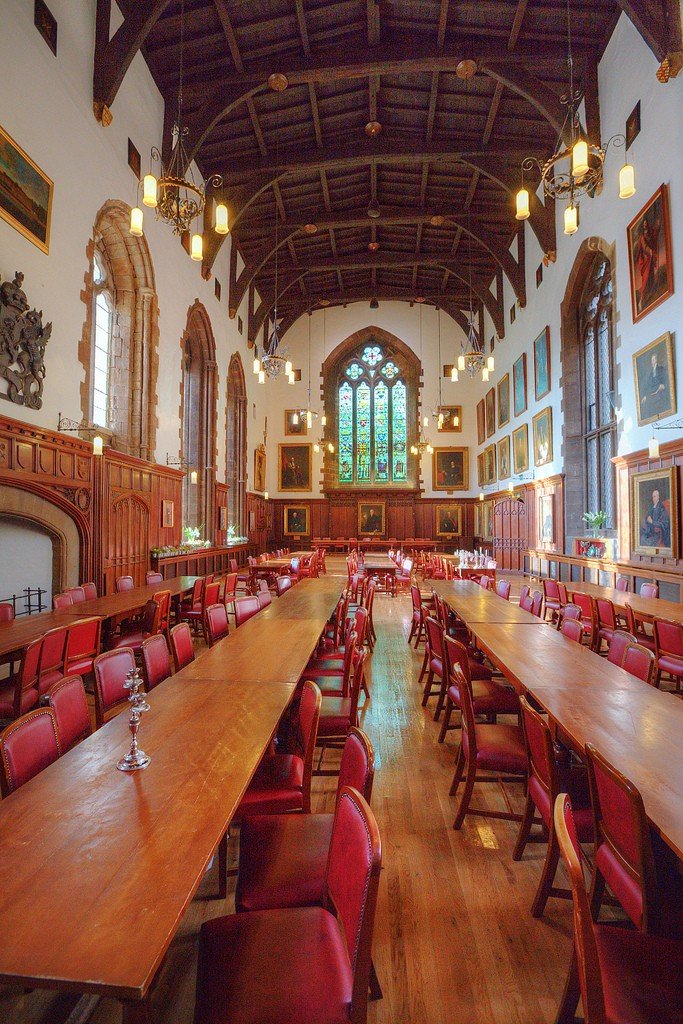
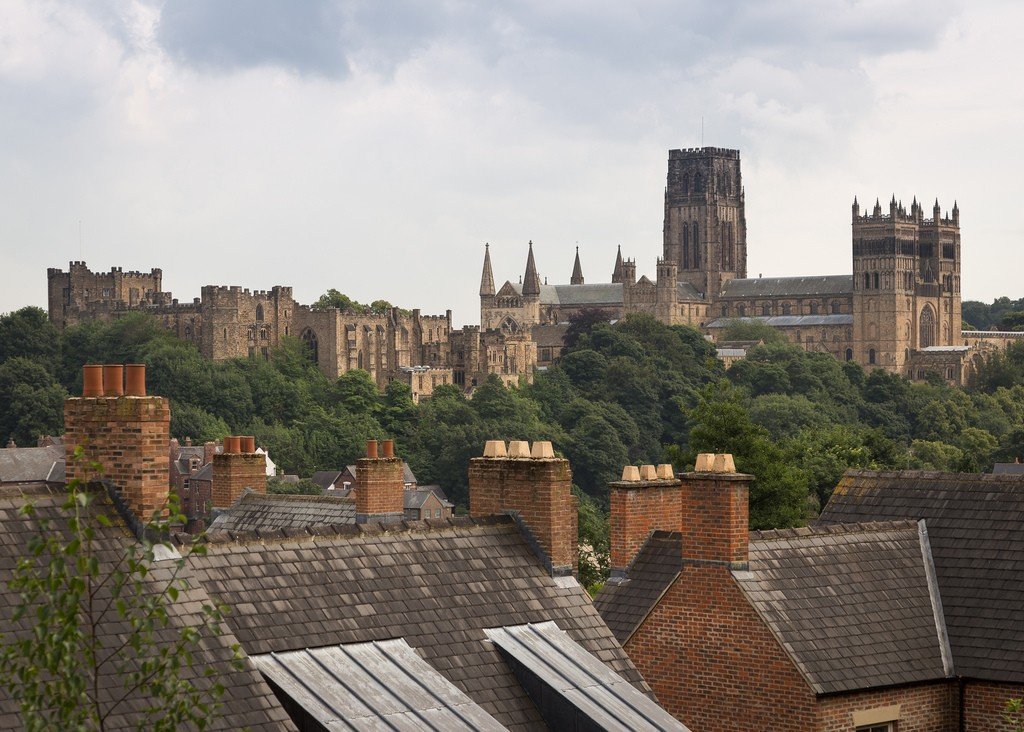
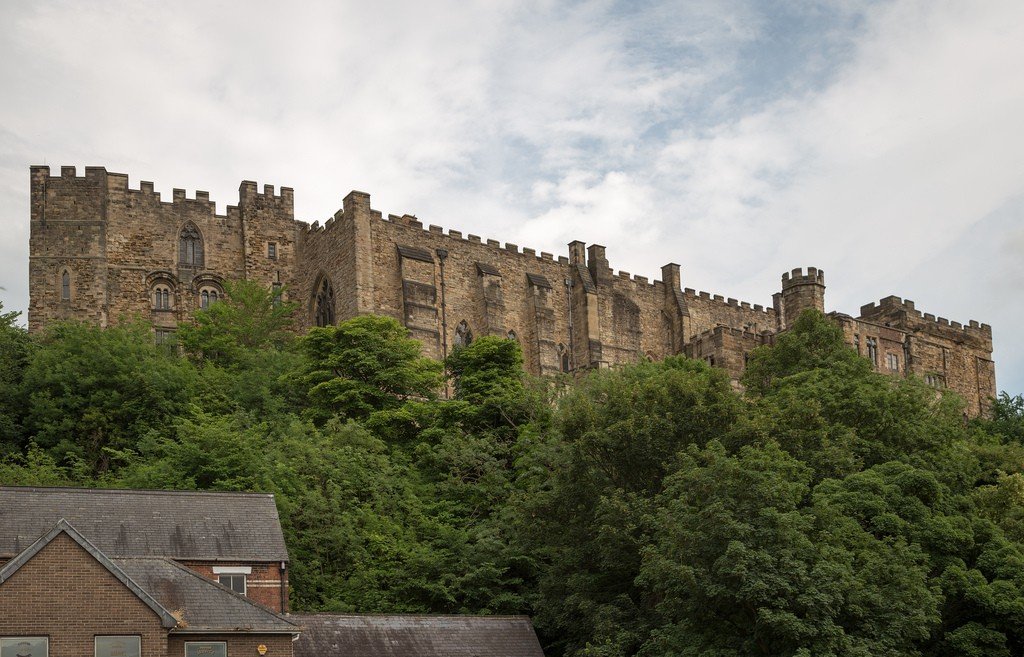
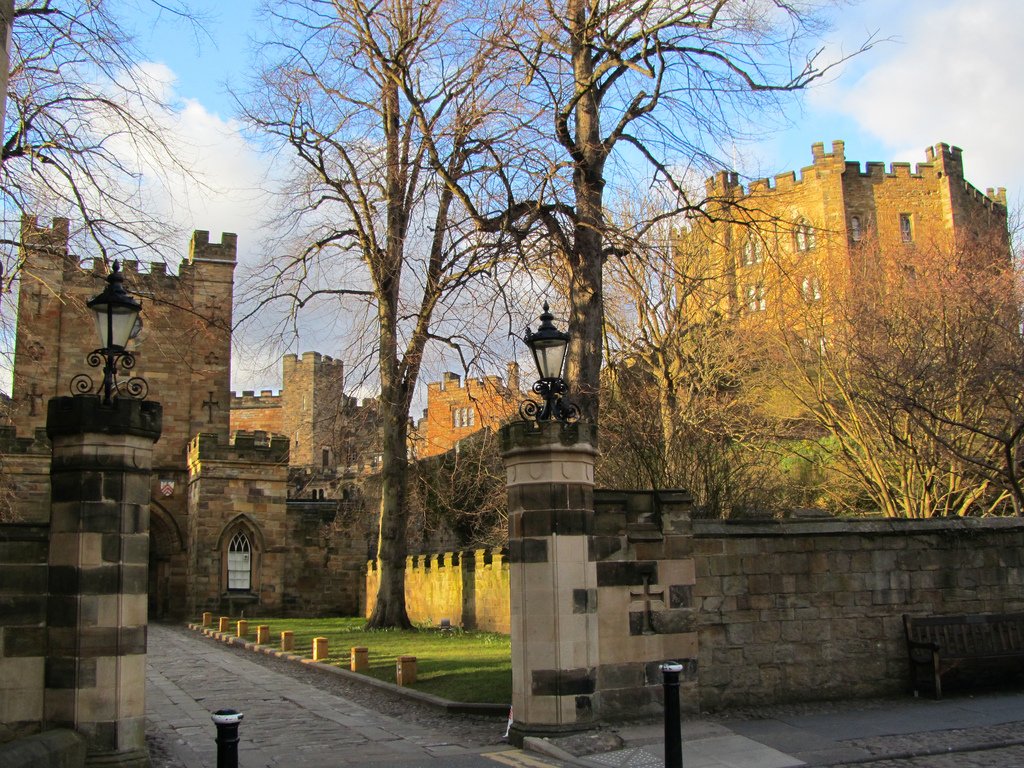
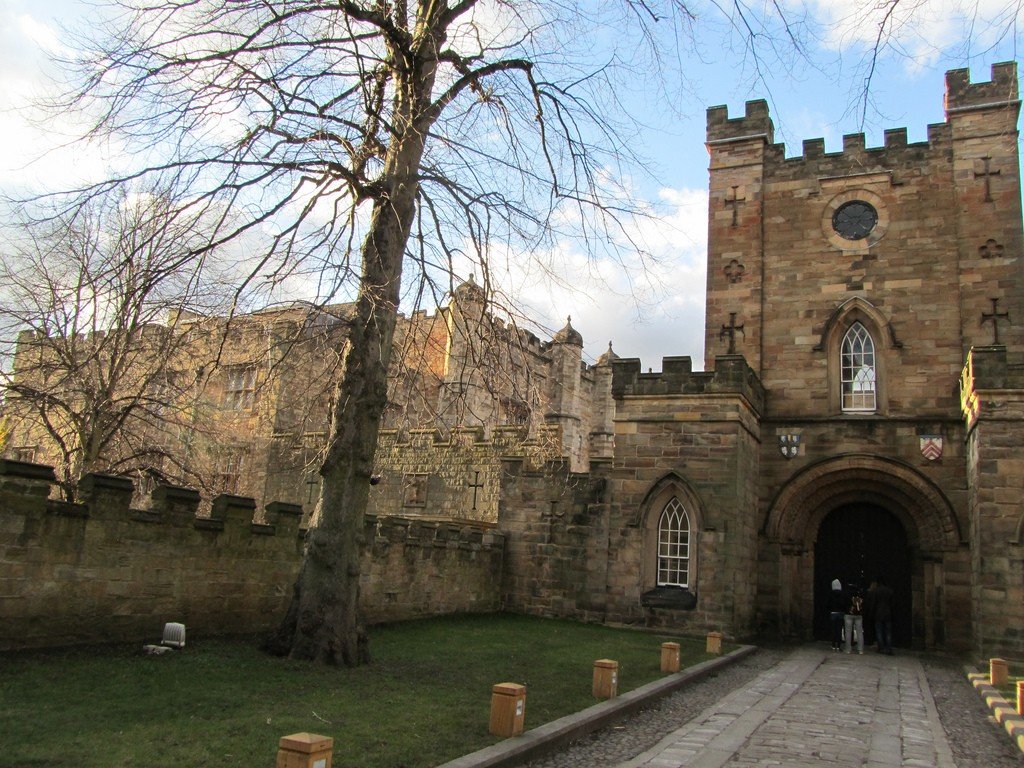
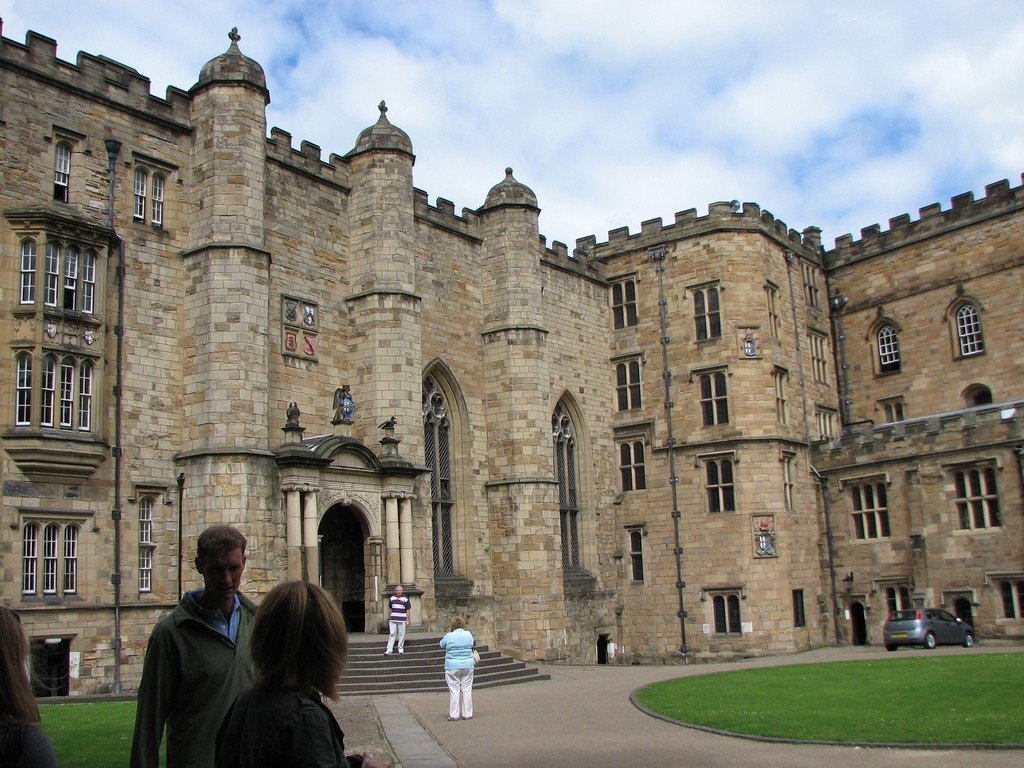
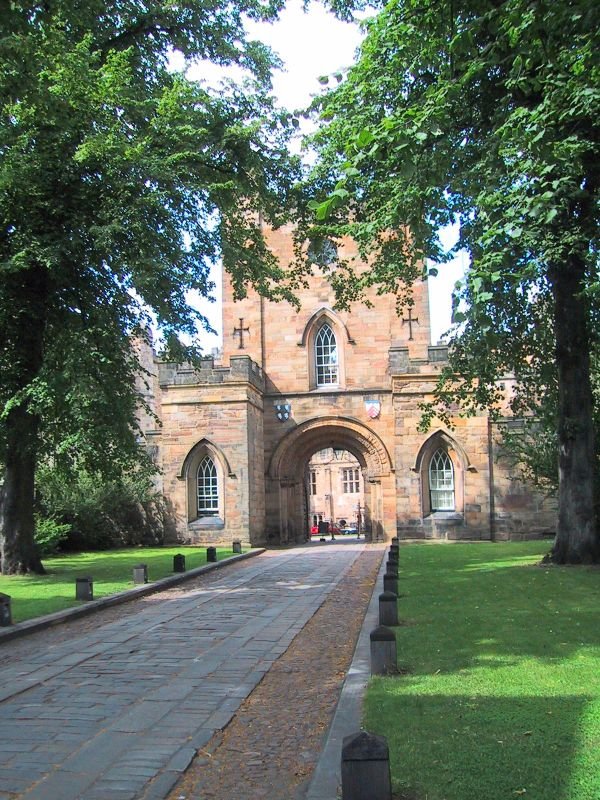
General Information
Durham Castle has been rebuilt many times over the centuries. Its fortification role gradually waned, and all reconstructions were intended to demonstrate the power and wealth of the Durham bishops. Fragments of buildings from the eleventh and twelfth centuries have survived to this day. They can be seen in the Norman Chapel and in the northern part of the castle.
.Nowadays, the ancient fortress belongs to Durham University. It houses unique works of art from the bishops’ collections. These are paintings, watercolors and engravings depicting Durham landscapes, the city cathedral and portraits of university students. The castle exhibits marble, plaster and terracotta sculptures, rich collections of silverware, ceramics and glassware, 17th century Flemish tapestries, antique furniture, antique armor and weapons.
.Tourists
Visitors can access the castle daily. Durham Castle tours are conducted at 13:15, 14:15, 15:15 and 16:15. During student vacations, there are additional tours at 10:15, 11:15 and 12:15. Adult tickets are £5, senior citizens (over 65) and children over 5 are £4, family tickets are £15. Children under 5 can visit Durham Castle for free. There is a small gift store in the castle.
.History of Durham Castle
Soon after the Norman conquest of English territories, the new masters wanted to secure their northern borders. In 1072, William I the Conqueror ordered the erection of a powerful fortress in the new possessions. For a long time it was home to the prince-bishops of Durham, who were appointed by the king himself. Archaeological research suggests that already in the XI century most of the fortress buildings were stone.
.
In the early fourteenth century Bishop Anthony Beck reconstructed the old fortress. By his order, a ceremonial hall more than 30 meters long appeared inside the main building. In those days it was one of the most spacious halls in the country..
Then the prince-bishops began to appear at Durham Castle less and less frequently. In 1832 the University of Durham was founded, and five years later the castle and its two chapels were given over to university use. The talented architect Ethnony Selwyn rebuilt the donjon of the castle, making living quarters for students.
.How to get there
Durham Castle is located in the north-east of the UK, in the main city of County Durham. It rises next to Framwellgate Bridge, a 10-minute walk from Durham railway station and a 6-minute walk from that city’s bus station. The nearest public transport stop, Prince Bishops Shopping Centre, is 200 meters from the castle.
.